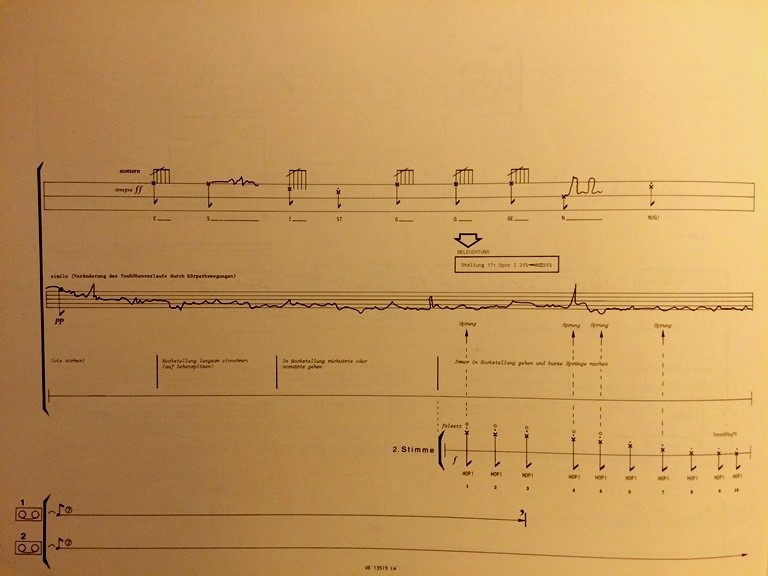Abigail Solomon Godeau Inside Out Pdf Script
‘The Flatiron’ (Met Museum) “I would say that “fine art” photography has always been a collectable, going back at least to the 1850s, but this was a decidedly rare, indeed marginal phenomenon” As we both agree, the multiple “whens” of photography offer us a daunting range of choices on which to focus (no pun intended). But with reference to one of your “whens”—when photography became an art commodity—I would say that “fine art” photography has always been a collectable, going back at least to the 1850s, but this was a decidedly rare, indeed marginal phenomenon—the affair of a small number of connoisseurs and the amateur photographers who exhibited, exchanged, and occasionally purchased work. The market for such art photography grew in Europe and the U.S. With the advent of, the, and an increasing number of exhibitions. I think it was the in New Haven that was the first museum to acquire photographs as art. Was a major figure, through his galleries, his publications, and his international connections.
In her famous essay 'Inside/Out' (published in 1994 in an exhibition catalogue entitled' Public Information Desire, Disaster, Document by SFMOMA), the writer Abigail Solomon-Godeau discusses what she refers to as the inside/outside positions of photographers in relation to their subjects. She refers to Susan Sontag's. Jan 27, 2015. Abigail Solomon-Godeau was identified as an important aspect to research for my symposium, however I was struggling to find the particular essay 'Inside/Out' anywhere online or in a library. Anthony then suggested I look at the book Basic Critical Theory for Photographers by Ashley la Grange, who has. Dj Hype Presents Drum And Bass Essentials Rar Files.


And, in any case, certainly by the 1920s there was a widespread recognition internationally that photographs could be art despite, or accompanied by, endless and endlessly boring debates about whether photography was or was not, could or should be considered as an elite art form. On the other hand, as noted in his indispensable essay on MoMA’s photography department, when the museum tried to sell photographs in the 1950s to the public at a very low price, there were few takers. “The forms of critique that simultaneously emerged in this period were equally concerned with what Douglas Crimp identified as the transformation of photographs from discourse value to exhibition value”. ‘Thinking Photography’ by Victor Burgin But when we talk about markets—I mean real money here, as well as all the requisite apparatuses of an art market—it seems that there are two different “whens” involved.